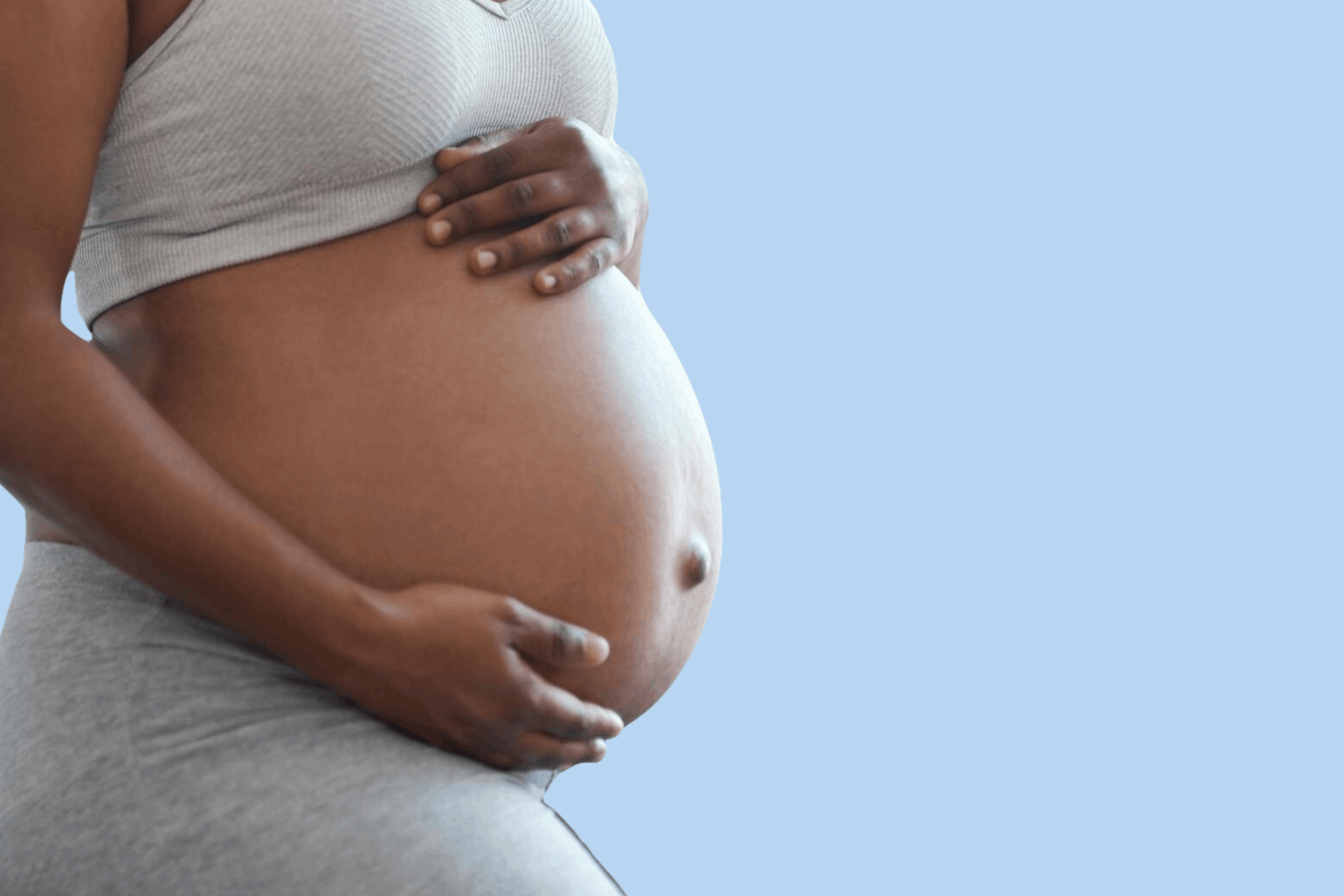Any one else diagnosed with Complete Placenta Privea? I’m worried about it not moving and the possibility of delivering early. Not to mention the possibility of bleeding anytime 🤯 #21 weeks #stressed #3rd pregnancy #bleeding #placenta privea


Any one else diagnosed with Complete Placenta Privea? I’m worried about it not moving and the possibility of delivering early. Not to mention the possibility of bleeding anytime 🤯 #21 weeks #stressed #3rd pregnancy #bleeding #placenta privea
Anyone else have an anterior placenta. If so when did your baby start kicking. This is my third pregnancy.

Answer

1
Answer
1